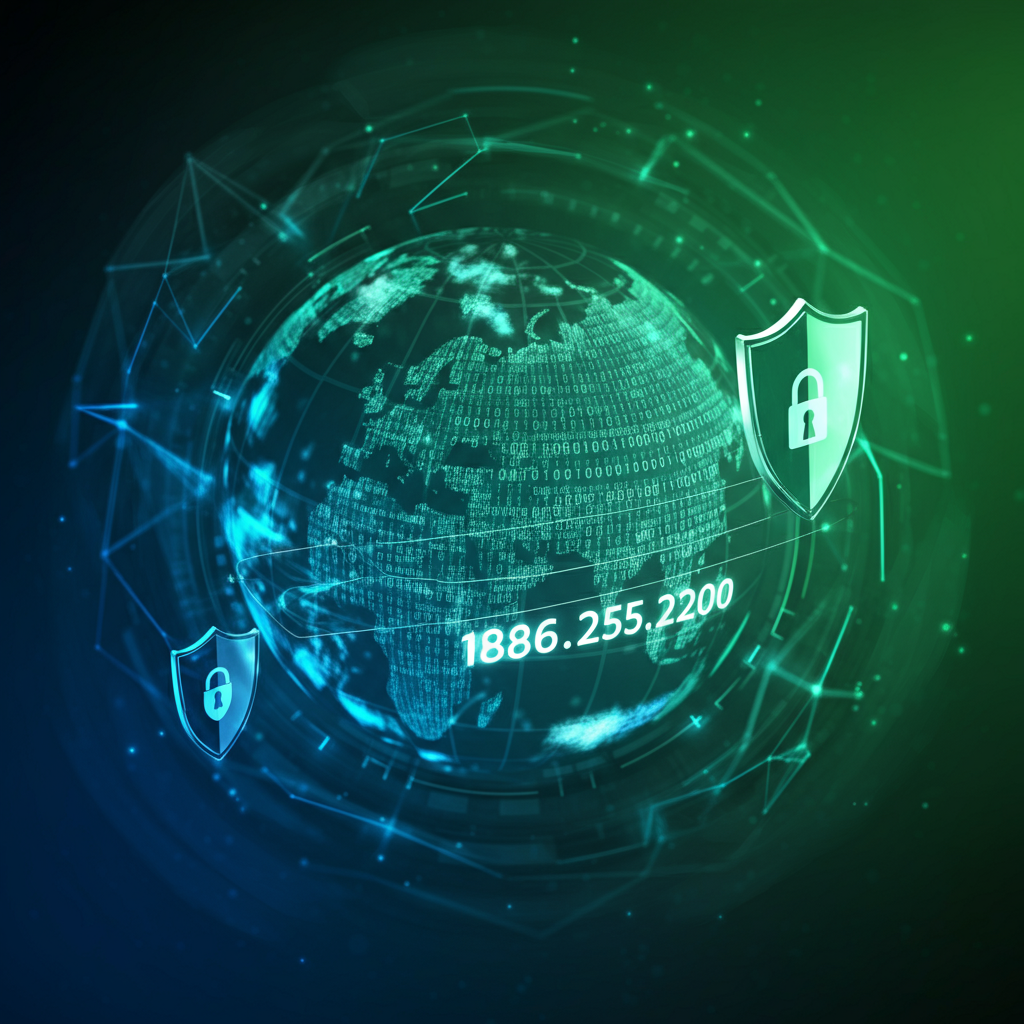In the vast and complex world of the internet, IP addresses are the digital identifiers that connect us to websites, apps, and online services. But while most people use the internet daily, very few understand how IP addresses work—or what they mean for privacy and security. One such address that often sparks curiosity is 185.63.225.200. Is it a threat? Is it valid? And how does it relate to cybersecurity?
This article breaks down everything you need to know about 185.63.225.200, clears up common misconceptions, and highlights how better IP awareness can improve your digital safety.
What Is an IP Address?
An IP (Internet Protocol) address is a unique numerical label assigned to each device connected to a computer network. Think of it like a digital mailing address that helps route data to the correct destination. IP addresses come in two versions: IPv4 (e.g., 185.63.225.200) and IPv6 (a longer alphanumeric format).
An IPv4 address is made up of four sets of numbers separated by periods. Each block ranges from 0 to 255. Therefore, 185.63.225.200 follows the correct structure of an IPv4 address and is considered valid.
Is 185.63.225.200 a Valid IP Address?
Yes, 185.63.225.200 follows the correct IPv4 structure and is considered technically valid. However, its validity doesn’t confirm intent—an IP address alone can’t tell you whether it’s safe or malicious without further context.
To determine its reputation, cybersecurity professionals analyze:
-
Geolocation: Where the IP originates.
-
Owner Information: Which company or server owns it.
-
Blacklist Status: If it’s flagged for suspicious or harmful behavior.
Depending on its use, an IP like 185.63.225.200 could belong to a web server, a business network, or even a proxy or botnet if misused.
Common Misinterpretations About IP Addresses
Many myths surround IP addresses. Let’s debunk a few:
1. “If I know someone’s IP, I know their exact location.”
False. While an IP can give a rough location (like city or region), it won’t pinpoint an address or individual identity without assistance from the ISP (Internet Service Provider) and a legal process.
2. “All unfamiliar IPs are dangerous.”
Not true. You may encounter new IPs every time you browse websites, connect through a VPN, or use apps. Context is key—only flagged or suspicious IPs require attention.
3. “I can be hacked just by seeing an IP address.”
Another myth.Merely seeing or being aware of an IP address does not make you vulnerable to attacks. Security risks come from vulnerabilities, outdated systems, or malicious downloads—not passive IP exposure.
Enhancing Cybersecurity Awareness
Understanding how IP addresses function is a vital step in building stronger digital hygiene. Here’s what you can do:
-
Use Firewalls and Antivirus Software: These tools help filter harmful IPs and protect your device.
-
Check Suspicious IPs: Use IP reputation tools (like VirusTotal or AbuseIPDB) to investigate any unknown IPs.
-
Avoid Clicking Unknown Links: Cyber attackers often mask harmful content using unfamiliar IPs.
-
Stay Updated: Keep your operating system and software patched to prevent exploitation.
Final Thoughts
IP addresses like 185.63.225.200 may look mysterious, but with the right knowledge, they become just another part of the digital map. By understanding how they work and separating fact from fiction, you gain better control over your cybersecurity and browsing safety.

